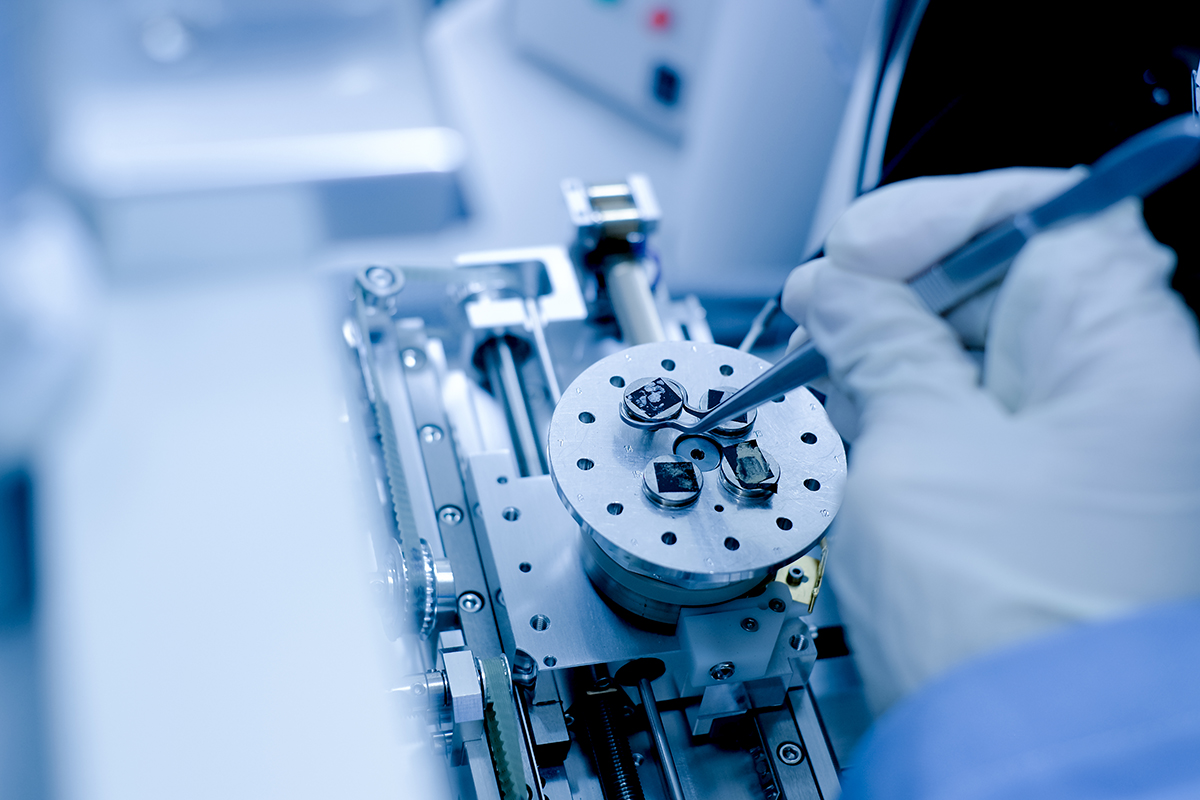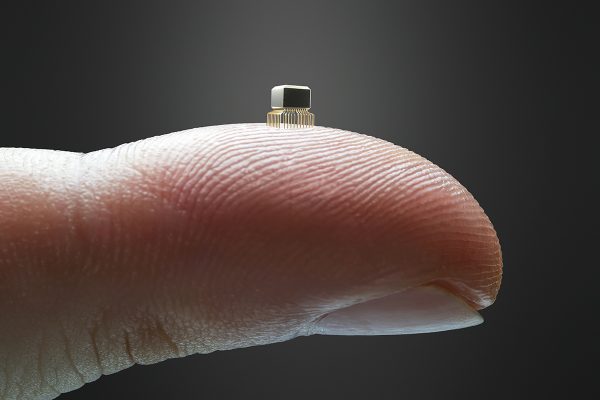Nanotechnology has revolutionized various industries, from electronics to medicine. Its ability to manipulate materials at the atomic level has enabled the development of more efficient, durable and functional products. However, its impact is not without risks. How does nanotechnology influence our daily lives and what challenges does its development face?
What is nanotechnology?
Nanotechnology is the science of designing and using materials with dimensions smaller than 100 nanometers. A nanometer is equivalent to one billionth of a meter, a scale at which materials acquire unique properties that can improve their strength, conductivity or reactivity. Nanotechnology currently has applications in many sectors, including computing, cosmetics, textiles, medicine and energy.
Applications in science and industry
The development of nanotechnology has led to significant advances in various areas:
- Materials science: improving the mechanical strength and durability of industrial products, optimizing their performance and efficiency.
- Medicine and biology: facilitates the development of more effective and targeted drugs, minimizing side effects. It is also used in diagnostic devices and advanced treatments.
- Electronics: enables the creation of smaller, faster, and more energy-efficient data storage devices.
- Consumption and safety: used in the manufacture of anti-cracking paints, more effective sunscreens, smart textiles, and coatings with advanced properties.
- Automotive industry: improves tire grip, chassis rigidity and reduces windshield glare, increasing road safety.
- Energy and environment: contributes to the development of more efficient batteries, higher performance solar panels and solutions for pollution reduction.

Potential risks of nanotechnology
Despite its benefits, nanotechnology also poses challenges and concerns, especially in relation to health and the environment:
- Impact on health: some nanoparticles can cross cell membranes and reach organs such as the liver or the brain, with as yet unknown effects.
- Toxicity and biocompatibility: the interaction of nanoparticles with the body can cause lung inflammation, heart problems or adverse effects on drugs.
- Environmental contamination: the persistence of nanoparticles in the environment could affect ecosystems and species, requiring more in-depth studies on their long-term impact.
- Regulation and control: the lack of strict regulations on the use of nanoparticles generates uncertainty about their safety in mass-market products.
The future of nanotechnology
The development of nanotechnology promises to revolutionize even more key industries. However, it is essential to continue with research to guarantee its safety and sustainability. Regulation and studies on the effects of nanoparticles are essential to maximize their benefits and minimize the risks. As knowledge of these technologies deepens, their impact could be even more significant in sectors such as artificial intelligence, robotics and biotechnology.
Continue your professional training
The Master in Strategic Management with a specialty in Telecommunications prepares you to lead change in an increasingly digital world. You will learn to implement emerging technologies and design innovative solutions that optimize processes and improve competitiveness. With a practical approach, this program will put you at the forefront of technological transformation. Become a leader of the digital future with us!
Sources:

